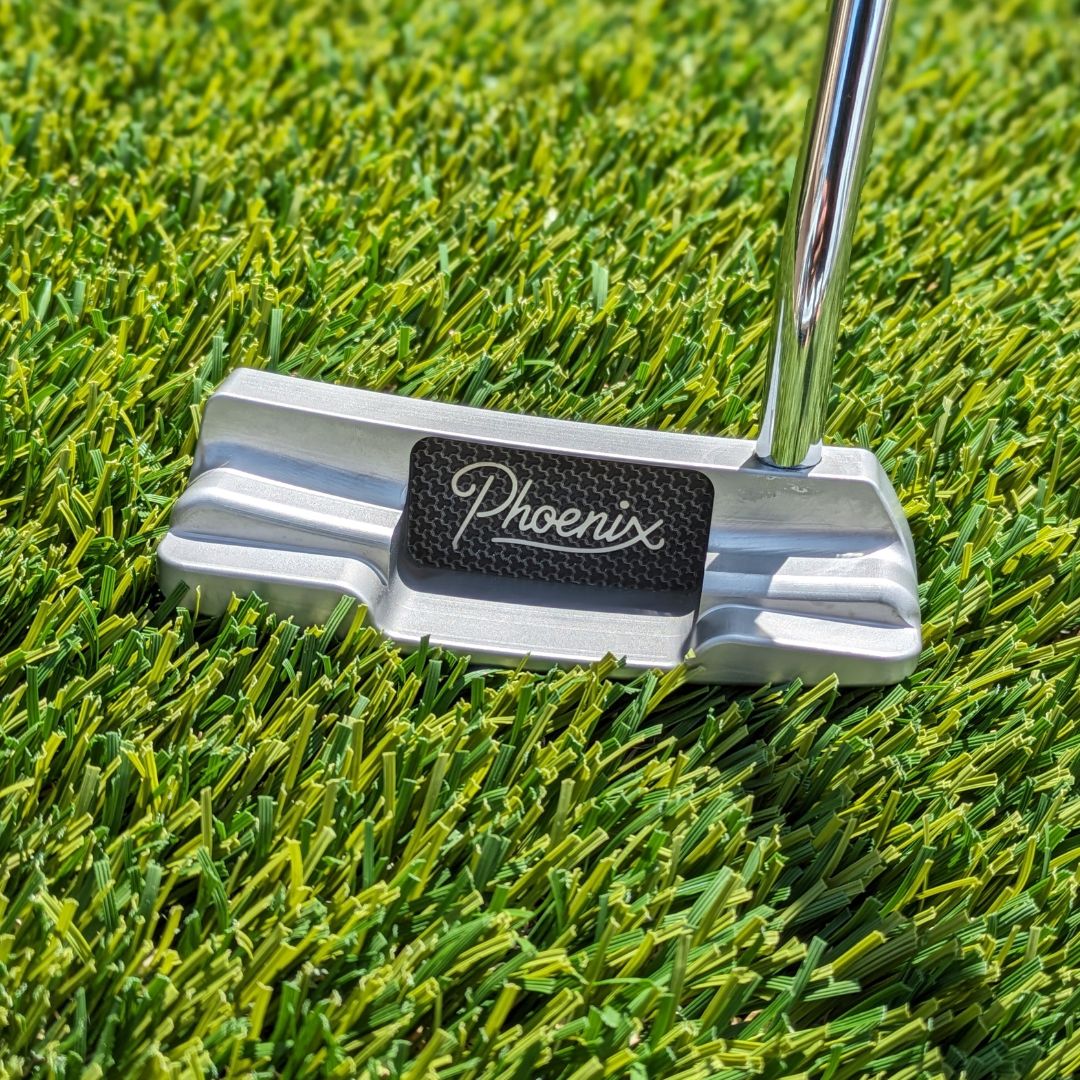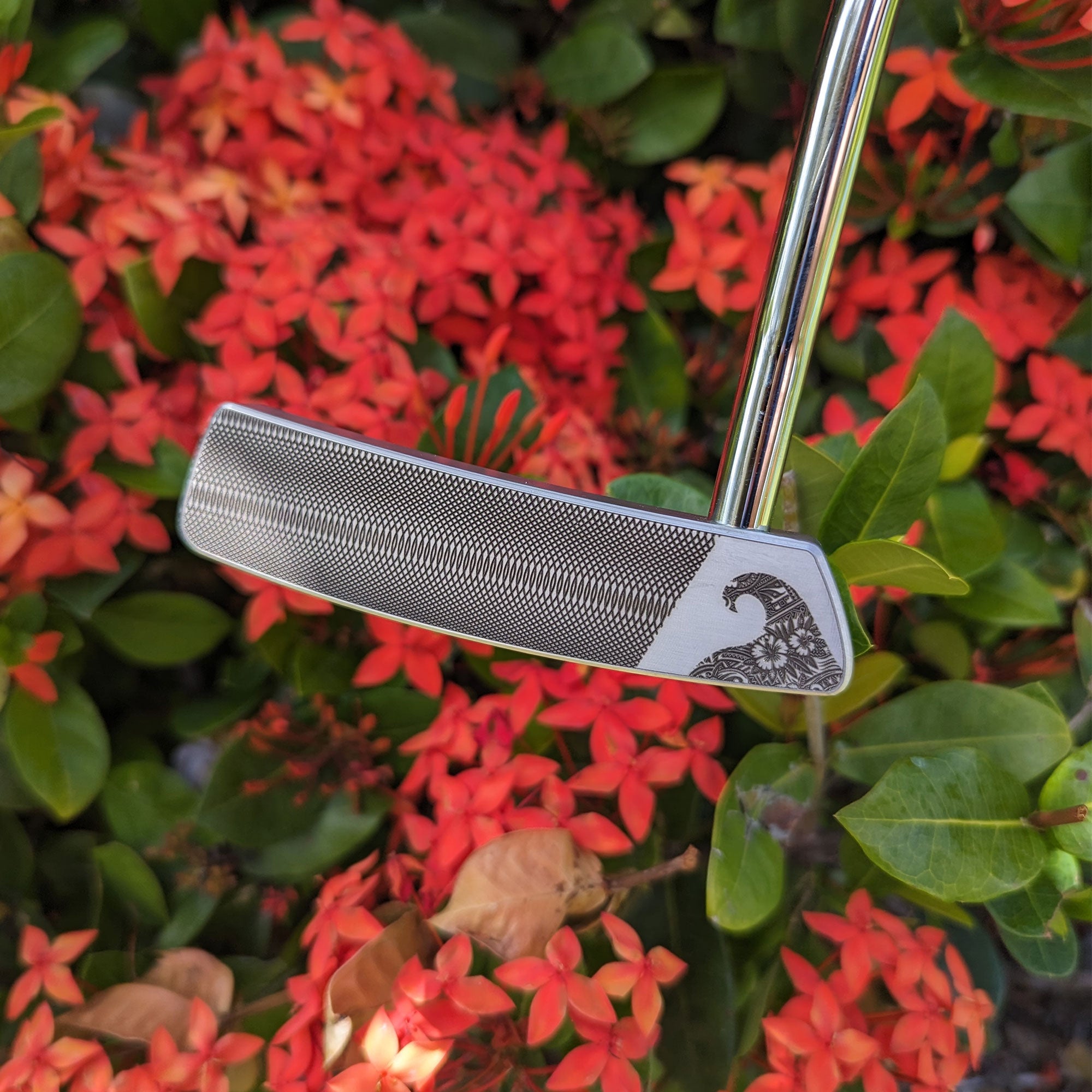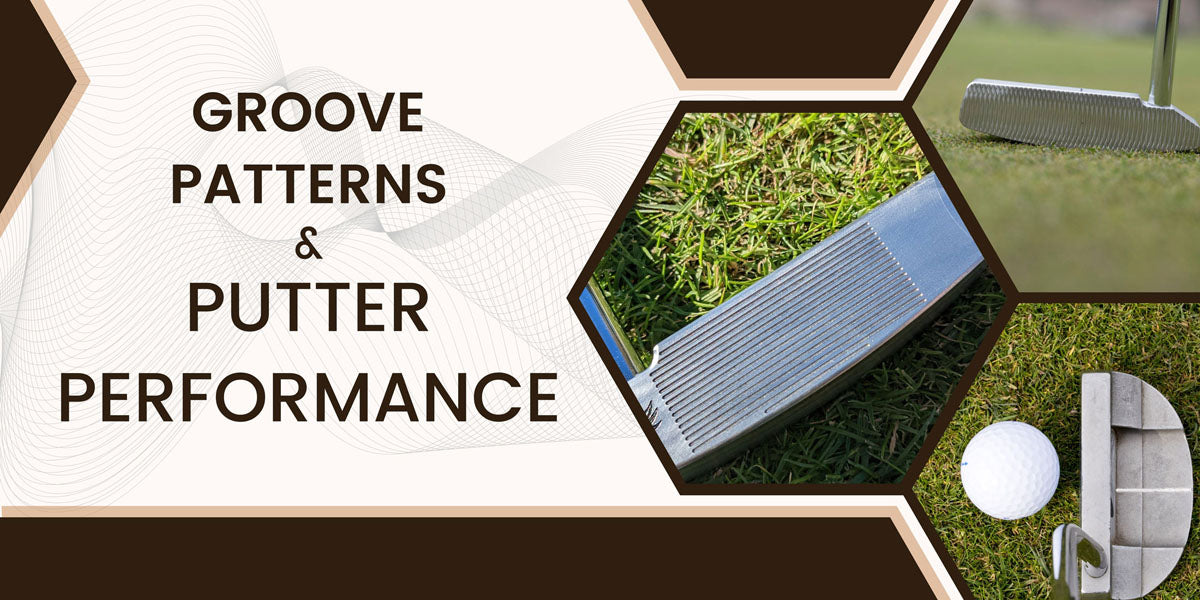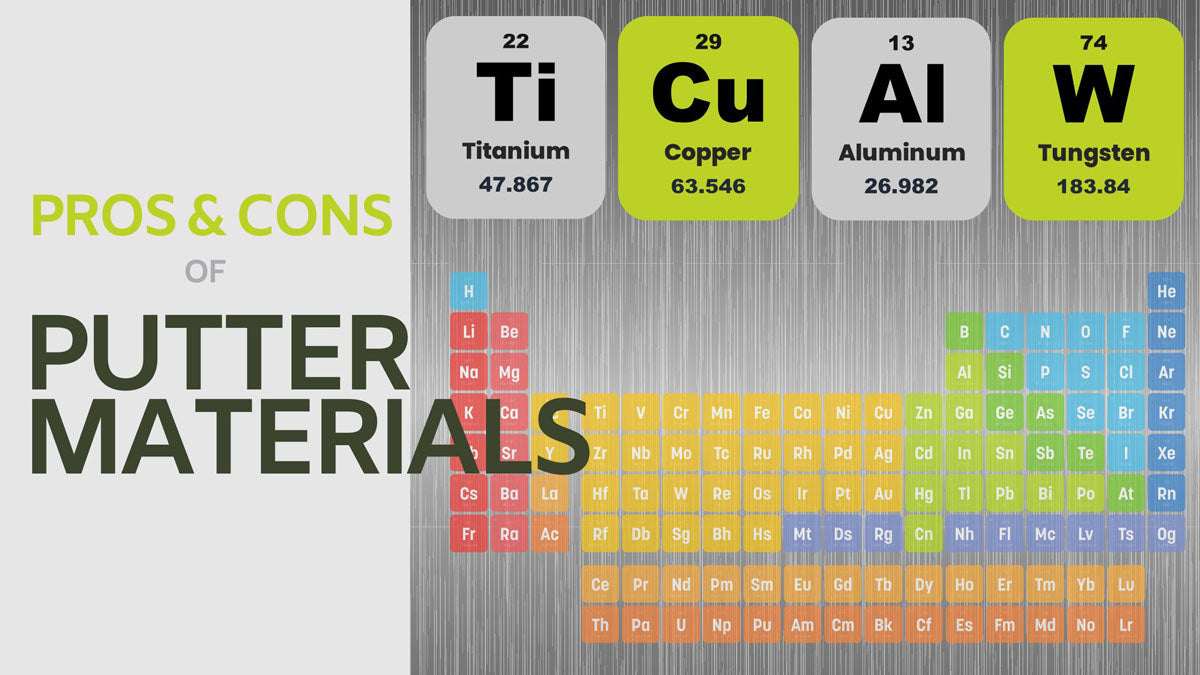Head Shape
One of the most important elements of a custom putter design is the head shape. This refers to the overall shape and size of the putter head, and it can greatly impact the performance of the club. There are several popular head shapes to choose from, including blade, mallet, and hybrid. Each of these head shapes has its own unique benefits and drawbacks, so it's important to choose the one that best fits your personal style and preferences.
Blade-style putters are often favored by golfers who prefer a more traditional look and feel. They tend to be smaller in size and offer a narrow sweet spot, making them a good choice for players with a consistent putting stroke. Mallet-style putters are larger and heavier, and they often feature a larger sweet spot, making them a popular choice among golfers who want more stability and forgiveness in their putter. Hybrid putters are a combination of blade and mallet styles, and they offer a balance of both performance and stability. They are a good choice for golfers who want the best of both worlds.
Weight Distribution
Another key element of a custom putter design is weight distribution. This refers to the distribution of weight within the clubhead, and it can greatly impact the feel and performance of the putter. Generally speaking, a putter with a heavier head and lighter shaft will have a more stable feel and promote a smoother swing, while a lighter head and heavier shaft will provide a more lively feel and increase the golfer's sensitivity to their swing. When designing a custom putter, it's important to choose the weight distribution that best fits your personal style and preferences.
Length
The length of a putter is also an important factor to consider when designing a custom putter. This refers to the overall length of the club, from the bottom of the grip to the top of the clubhead. A putter that is too long or too short can cause discomfort and affect the golfer's accuracy and consistency. When choosing the length of your custom putter, it's important to consider your height, arm length, and personal preference. Most golfers prefer a putter that is between 33 and 35 inches in length, but this can vary depending on individual factors.
Grip
The grip is another important aspect of a custom putter design. The grip is what you hold onto while putting, and it can greatly impact the feel and performance of the putter. There are several types of grips to choose from, including pistol, blade, and oversized. Each of these grips offers a different feel and level of control, so it's important to choose the one that best fits your personal style and preferences. When designing a custom putter, it's important to choose a grip that is comfortable to hold and provides the level of control and feel that you need.







Leave a comment
This site is protected by hCaptcha and the hCaptcha Privacy Policy and Terms of Service apply.